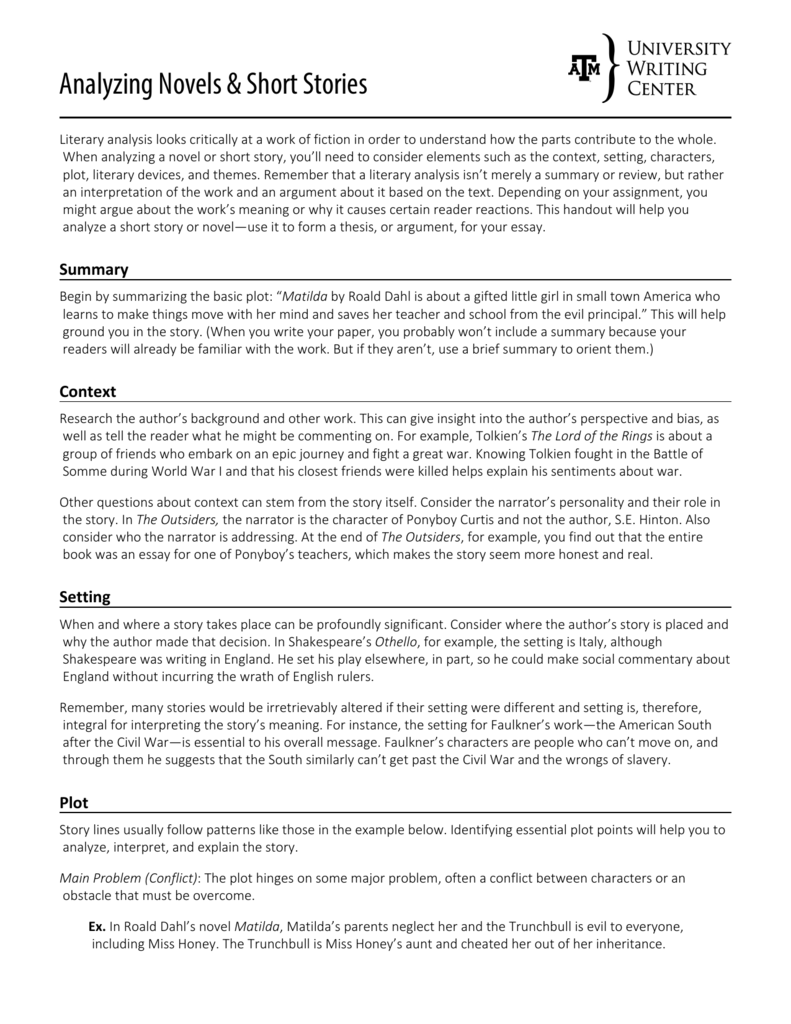

She is allowed to sit in the chair in the room where Patrick’s body is. It is also noticeable that Mary appears to control the murder scene. Something she does succeed in doing in the story. It is as though she has a role to play and she needs to play it well. Everything is calculated and rehearsed with Mary. She knows what she is doing and what she has to do in order for others to not consider her to be a suspect. Mary is not emotional at any stage of the story. If anything Mary changes from the submissive housewife to a woman who is independent and strong minded in her thinking. However as the story progresses it becomes clear to the reader that Mary is apt at thinking her way out of an awkward situation. Mary’s actions at the beginning of the story may suggest that she is also a submissive if not obedient wife. He too has in a cold-hearted manner most likely ended his marriage to Mary. Which may mirror how Patrick has treated Mary. However the reader is fully aware that Mary is a cold-hearted killer who is acting deceitfully throughout the story. At least not in the eyes of Noonan and the other policemen. It would be considered highly improbable that a woman would be able to kill a man. Something that the reader suspects is based on her gender. So good is Mary’s acting that all those concerned in finding the killer do not place their focus on Mary. At no stage in the story is she under suspicion. There is also an assumption by the police that the killer is a man which is something that suits Mary. The reader senses that Noonan is attributing the role of comforter to the female. Similarly when Jack Noonan mentions that his wife could look after Mary rather than have Mary stay in the house. Her day revolves around Patrick arriving home having some drinks and making sure dinner is ready for him. Mary is expected to have the dinner ready (though not on Thursdays) for Patrick. She accepts that having killed Patrick she must make it look like somebody else has killed him.ĭahl may also be exploring gender roles. There is no sentiment or regret on Mary’s behalf. This could be important as Dahl may be placing a spotlight on the fact that Mary is clever enough to realise what she has done. Mary goes to the grocers and just as she acted normally when she killed Patrick she is also exceptionally calm when she goes to the grocers. What is also interesting about Mary’s actions is how normal life continues for her. Mary at no stage in the story fights Patrick or anybody else. It is also noticeable that Mary with calmness kills Patrick as this too would play on the theme of acceptance. Within a short period of time Mary appears to accept Patrick’s news. Though her initial reaction is to reject what Patrick has said. Something that the reader expects Mary to have difficulty accepting but she doesn’t. It is likely that he wishes to end his relationship with Mary and continue his life without her. Though the reader never learns as to what Patrick has said. Mary accepts what Patrick has said to her without questioning him about his motives. Taken from his The Complete Short Stories collection the story is narrated in the third person by an unnamed narrator and after reading the story the reader realises that Dahl may be exploring the theme of acceptance.

However, there is no direct sentence stating this and therefore no one truly knows what became of Drioli.In Lamb to the Slaughter by Roald Dahl we have the theme of acceptance, gender roles, deceit, change and control. The implication is that Drioli has been killed to obtain the art on his back.

The Narrator then says that he truly hopes Drioli is now comfortable and rich, for there is no Bristol hotel in Cannes. Later, a "heavily varnished" painting of the same subject is on sale in Buenos Aires. Drioli decides to come with the latter, and leaves the gallery. Several people make bids for it, and two men give him a choice: one says he will pay for a skin-grafting operation on his back (and the man will consequently pay for the tattoo) while the other asks him to come to the Bristol Hotel in Cannes, and simply exhibit his back to the customers, similar to a model. Josie posed for it, and Drioli still has the tattoo on his back.ĭrioli enters the art gallery, and shows the crowd his incredible tattoo. Thirty years ago, Soutine had been in love with Drioli's wife Josie, and Drioli asked Soutine to paint a picture on Drioli's back and then tattoo over it.

It also features in ' A Roald Dahl Selection', a compilation of several short stories by Dahl that has been edited by Roy Blatchford.Ī former tattoo parlor owner, Drioli, remembers when he knew a now-famous artist named Soutine when he sees one of his paintings in an art gallery.
#Common themes in roald dahl short stories skin
Skin is a macabre short story written by author Roald Dahl.


 0 kommentar(er)
0 kommentar(er)
